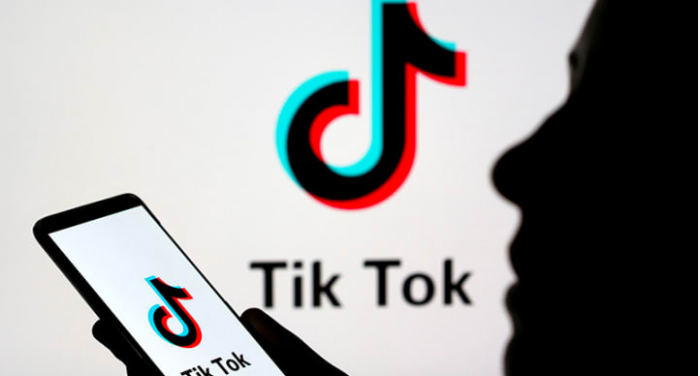The measure is expected to be challenged legally and will serve as a testing ground for the TikTok-free America that many national lawmakers have envisioned.
Some lawmakers, the FBI and officials at other agencies are concerned the video-sharing app, owned by the Chinese tech company ByteDance, could be used to allow the Chinese government to access information on American citizens or push pro-Beijing misinformation that could influence the public.
TikTok says none of this has ever happened.
When Montana banned the app on government-owned devices in late December, Gov. Greg Gianforte said TikTok posed a “significant risk” to sensitive state data. More than half of US states and the federal government have a similar ban.
Gianforte signed the legislation after it easily passed through Montana’s GOP-controlled Legislature.
Montana’s new law prohibits downloads of TikTok in the state and would fine any “entity” — an app store or TikTok — $10,000 per day for each time someone “is offered the ability” to access the social media platform or download the app. The penalties would not apply to users.
Opponents argue this is government overreach and say Montana residents could easily circumvent the ban by using a virtual private network, a service that shields internet users by encrypting their data traffic, preventing others from observing their web browsing and other activities. Montana state officials say geofencing technology is used with online sports gambling apps, which are deactivated in states where online gambling is illegal.
TikTok, which has said it has a plan to protect US users, has vowed to fight back against the ban, along with small business owners who said they use the app for advertising to help grow their businesses and reach more customers. The ACLU of Montana opposed the bill, arguing it was an unconstitutional restriction of free speech.
The app’s fun, goofy videos and ease of use has made it immensely popular, and US tech giants like Snapchat and Meta, the parent company of Facebook and Instagram, see it as a competitive threat.
More about:
















































